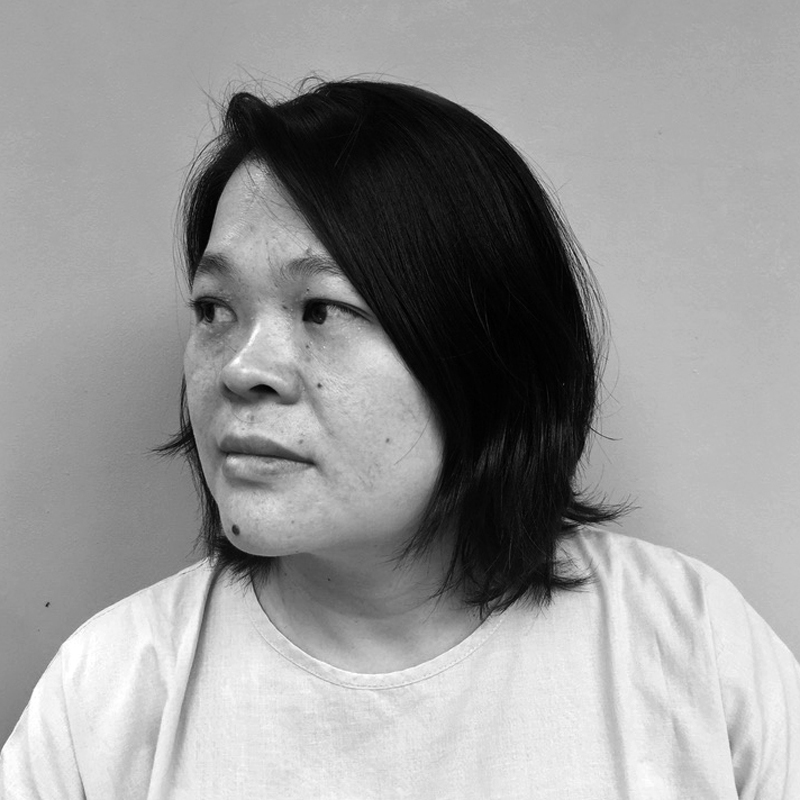
As an artist who works in several art projects, Ariani Darmawan (born in Bandung, 1977) is involved in making short films, documentaries, video installations and multimedia theater performances. She completed her Architecture studies at Parahyangan Catholic University and continued her Fine Arts graduate program at The School of the Art Institute of Chicago. On a daily basis, Ariani manages Kineruku bookstore and library, which she founded in Bandung in 2003. She combines an impressive way of thinking about architecture and fine arts to pursue the world of writing and moving images. Early in her career, she explored many themes of power and identity in her works.
Ariani made a documentary film entitled Anak Naga Beranak Naga (2006) which has been screened in various countries with the theme of acculturation of Chinese and Betawi culture in gambang Kromong music. Apart from that, her short film entitled Sugiharti Halim (2008) won awards as Best Short Fiction Film and Audience Favorite Film at Festival Film Konfiden 2008. She also participated in a film competition at the Clermont-Ferrand Film Festival, France (2009). After stopping working for 11 years, Ariani returned to finish her short film entitled Jus Nanas Kue Lapis (2022). Currently she is preparing her first feature film.
Ariani interprets prophecy as a motif for imagining near future events that a person will experience. The fortune teller may only be able to predict something in the future based on something general; In fact, such predictions can apply to anyone who is being predicted. Meanwhile, the predicted party will reinterpret, not far from the desires, hopes and memories of their own life. Prophecy is a guess about the future that is patchworked together with various permutations of possibilities. However, fortune telling is still interesting because it opens up various conversations.
In this video installation, Ariani shows a conversation between two close friends who are driving a car, both of whom are in the front seat. The male passenger on the left side shares a story about his experience of being told a fortune. The prophecy reads: all the solutions to his life's problems lie in his thin wallet. The passenger on the left divulges personal details related to the most memorable memories in his life. The driver, a woman, was skeptical about the contents of the prediction from the start, but she was the one who determines the direction the vehicle was goes.
Three screens forming a trapezoidal space project moving images, one each from the windshield, left and right-side windows. These gaps in space allow viewers to imagine themselves as a passenger. Through the front window one can see the street cutting through the green trees, the left window shows the city atmosphere, and on the right side the narrow streets inside the housing complex. When the vehicle stops, we realize that this video presents an experience in a different time and space. At the end of the journey, the car returns to the starting point of departure.
Similar to utopia, prediction also contains uncertainty. If utopia can be a kind of criticism of the bad situation in the present, prophecy is more real in predicting future events.